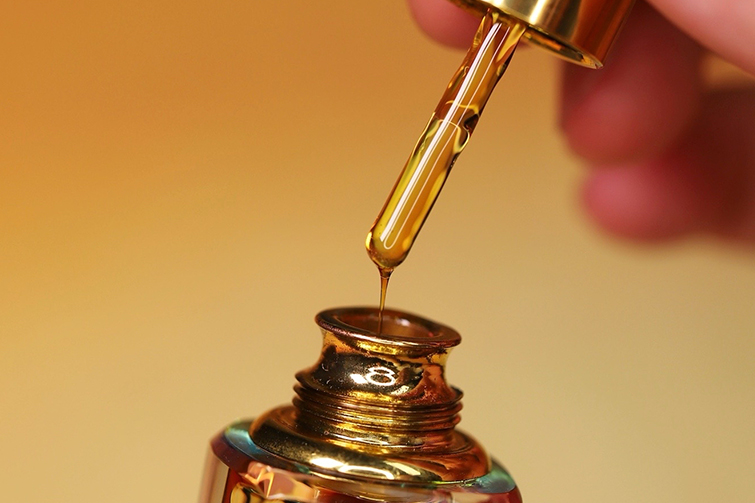

How to Choose High-Quality Agarwood (Oud) Essential Oil
Agarwood essential oil, also known as oud oil or Chen Xiang (沉香) in Chinese, is one of the rarest and most luxurious essential oils in the world. Prized for its deep, woody, and complex aroma, it is widely used in perfumery, aromatherapy, and traditional medicine. Due to its high value and limited supply, the market is flooded with synthetic or diluted products. Therefore, knowing how to choose a high-quality agarwood oil is essential.
1. Understand the Source of the Oil
Agarwood forms when certain Aquilaria trees become infected with a specific type of mold, triggering a defense response that produces the fragrant resin. The most sought-after species include:
Aquilaria malaccensis (Southeast Asia)
Aquilaria crassna (Vietnam, Cambodia)
Aquilaria sinensis (China)
Each species and origin offers slightly different aromatic profiles. Vietnamese oud, for example, is known for its sweet and balanced scent, while Cambodian oud has a rich, earthy tone.
Tip: Always check the botanical name and country of origin on the label.
2. Check for Purity
Pure agarwood oil is extremely potent and expensive. Many products on the market are diluted with carrier oils or blended with synthetic fragrances.
Signs of pure agarwood oil:
Thick, viscous texture
Deep amber or dark brown color
Complex aroma that evolves over time
High price (true oud is rarely cheap)
Avoid: Oils labeled as “oud fragrance,” “agarwood perfume,” or “fragrance oil” — these are often synthetic.
3. Smell and Scent Profile
Agarwood oil has a multifaceted aroma that can include notes of wood, spice, leather, honey, and even floral undertones.
Smelling tips:
Apply a drop on a test strip or the back of your hand.
Let it develop over 10–15 minutes. True oud evolves on the skin.
High-quality oud should not smell sharp, overly sweet, or “chemical.”
4. Look for Steam-Distilled or CO₂ Extracted Oil
The best agarwood essential oils are extracted via steam distillation or CO₂ extraction, which preserve the complexity of the scent.
Avoid oils made through chemical solvents or synthetic processes, especially if used for therapeutic or spiritual purposes
5. Ask for Lab Reports or Certificates
Reputable sellers will provide:
GC-MS reports (Gas Chromatography-Mass Spectrometry) to verify purity
Certificates of authenticity
Information about the distillation process
This ensures you’re getting what you pay for and not a synthetic imitation.
6. Buy from Reputable Sources
Purchase from trusted suppliers who specialize in oud or rare essential oils. Avoid marketplaces with vague product descriptions or unusually low prices.
Some respected oud oil producers include:
Artisanal distillers from Vietnam, Cambodia, or India
Ethical wild-harvest or plantation-grown agarwood farms
Certified essential oil companies with transparent sourcing
Conclusion
Choosing the right agarwood essential oil requires attention to detail, especially due to its high value and risk of adulteration. By understanding the source, checking purity, evaluating the scent, and buying from reputable sources, you can ensure that you’re experiencing the true magic of this precious oil.





